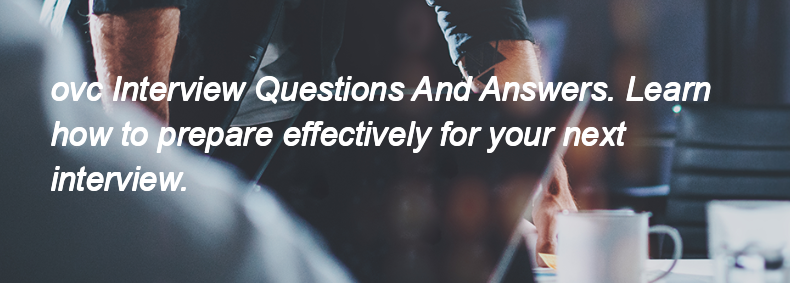Ques:- What is the difference between inline inline block and block elements
Asked In :-
Vinove Software & Services Pvt Ltd, Queppelin Technology Solutions, Walkover Web Solutions, CakeSoft Technologies, Recodem, Energytech Global, Incise Infotech, First Zen, Angular Minds, CIGNEX Datamatics Technologies,
Right Answer:
Block elements take up the full width available and start on a new line (e.g., `<div>`, `<h1>`). Inline elements only take up as much width as necessary and do not start on a new line (e.g., `<span>`, `<a>`). Inline-block elements are similar to inline elements but can have width and height set, and they respect margins and padding (e.g., `<img>`, `<button>`).
Block elements take up the full width available and start on a new line (e.g., `<div>`, `<h1>`). Inline elements only take up as much width as necessary and do not start on a new line (e.g., `<span>`, `<a>`). Inline-block elements are similar to inline elements but can have width and height set, and they respect margins and padding (e.g., `<img>`, `<button>`).

